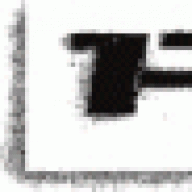XP Shortcuts and Run Commands
-
Similar Content
-
Chkdsk command cannot lock drive
By Guest Isacc P,
- 0 replies
- 26 views
-
Widget Error/ Command Promt/ unable to run any applications please help
By Guest WastedXGL,
- 0 replies
- 20 views
-
Unable to add shortcut to launch GamePass game from steam.
By Guest Ole-Petter,
- 0 replies
- 27 views
-
Place Shortcut to a File on the Taskbar
By Guest Drcard:)),
- 0 replies
- 18 views
-
How to reassign the deprecated shortcut WIN + ALT + W for broadcasting in Windows 11
By Guest Nicolas De Kouchkovsky,
- 0 replies
- 29 views
-



Recommended Posts